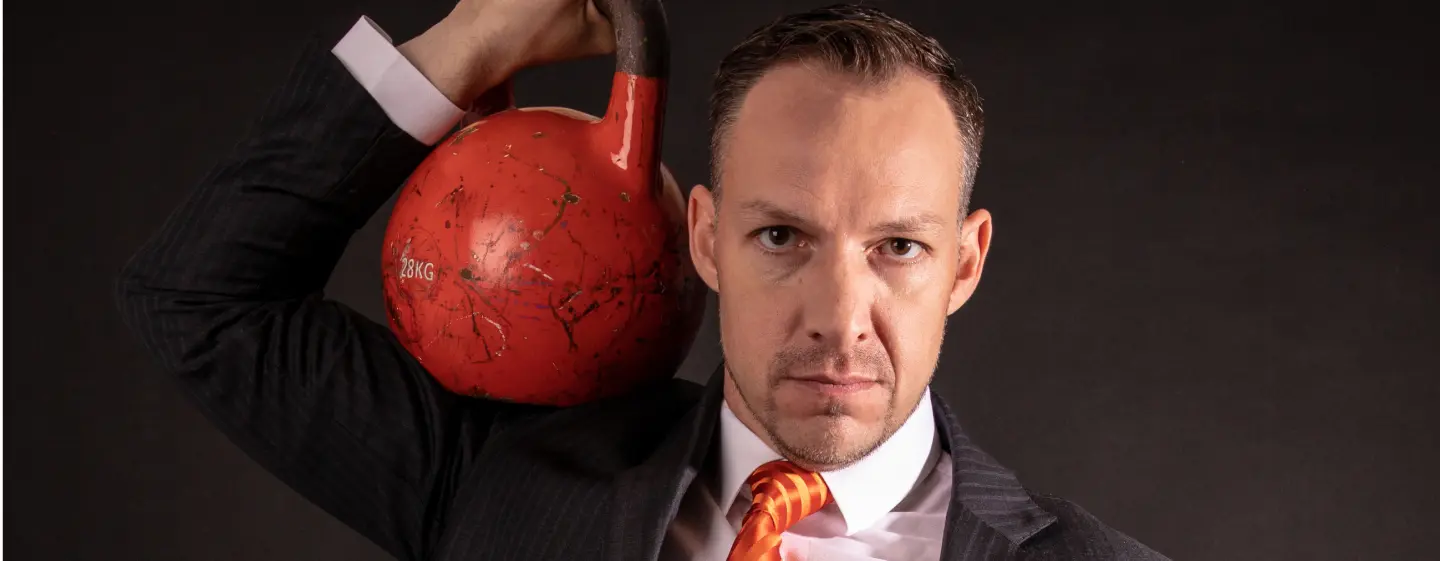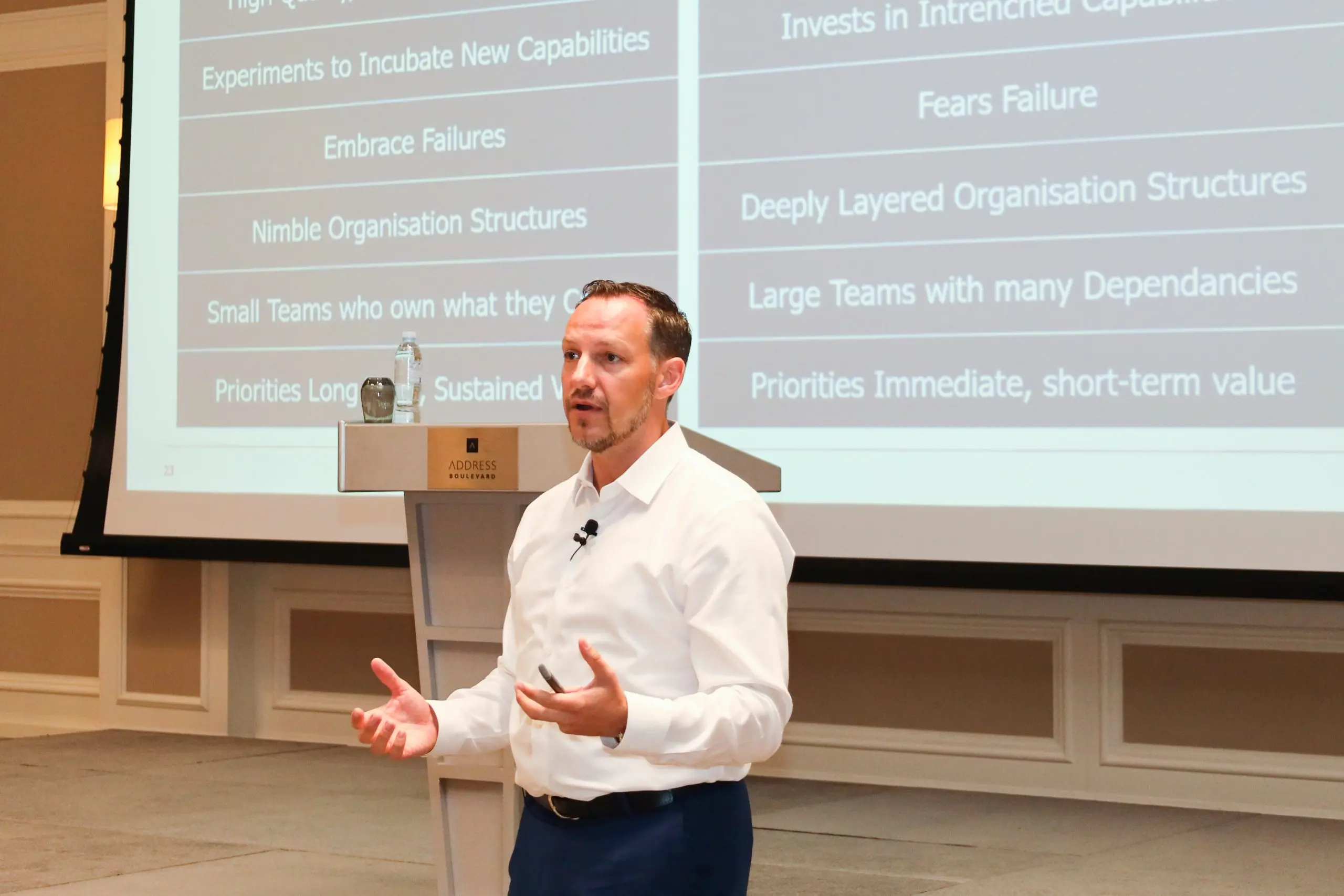Decision making is a vital component of business success. Decisions that are based on a foundation of knowledge and sound reasoning can lead you and your company into long-term prosperity. On the other hand, decisions that are made on the basis of flawed logic, emotional thoughts, or incomplete information can quickly leave a negative impact on a business and its employees.
Much of human behaviour can be seen as decision-making, and so understanding and influencing those decision-making processes is an important component in creating behavioural change. But firstly, it’s important to note that cognitive scientists have identified a wide range of biases and heuristics in human decision making over the past few decades.
What is cognitive bias?
It’s a systematic error in the thinking that affects the decisions and judgements people make when they are processing information about the world around them. The human brain is powerful, but limited. These mental shortcut strategies, known as heuristics, such as inference mechanisms or “rules of thumb,” help us make sense of the world and reach decisions with relative speed.
Because if you had to think about every possible option when making a decision, it would probably take a lot of time to make even the simplest choice…
Heuristics can also keep you out of danger: If you are walking down a dark alley and notice a dark shadow following you, then a cognitive bias might lead you to assume it’s someone going to mug you, so you exit the alley quickly. It may have just been a shadow of an object, but relying on this mental shortcut helps you get out of potential danger quickly.
While heuristics can often be surprisingly accurate, they can also lead to errors in thinking and poor decision making. Even think that your decisions are objective, logical and based off all the information that is available to you, social pressures, individual motivations, previous events, emotions, and limits on the mind’s ability to process information, can all contribute to these biases and therefore, influence how we perceive the world.
Here are a few of the common type of cognitive bias that can distort your thinking
(Reference: https://www.verywellmind.com/what-is-a-cognitive-bias-2794963)
Confirmation Bias:
This is favoring information that conforms to your existing beliefs and discounting evidence that does not conform.
Availability Heuristic: This is placing greater value on information that comes to your mind quickly. You give greater credence to this information and tend to overestimate the probability and likelihood of similar things happening in the future.
Halo Effect: Your overall impression of a person influences how you feel and think about his or her character. This especially applies to physical attractiveness influencing how you rate their other qualities.
Self-Serving Bias: This is the tendency to blame external forces when bad things happen and give yourself credit when good things happen. When you win a poker hand it is due to your skill at reading the other players and knowing the odds, while when you lose it is due to getting dealt a poor hand.
Attentional Bias: This is the tendency to pay attention to some things while simultaneously ignoring others. When making a decision on which car to buy, you may pay attention to the look and feel of the exterior and interior, but ignore the safety record and gas mileage.
Actor-Observer Bias: This is the tendency to attribute your own actions to external causes while attributing other people’s behaviors to internal causes. You attribute your high cholesterol level to genetics while you consider others to have a high level due to poor diet and lack of exercise.
Functional Fixedness: This is the tendency to see objects as only working in a particular way. If you don’t have a hammer, you never consider that a big wrench can also be used to drive a nail into the wall. You may think you don’t need thumbtacks because you have no corkboard on which to tack things, but not consider their other uses. This could extend to people’s functions, such as not realizing a personal assistant has skills to be in a leadership role.
Anchoring Bias: This is the tendency to rely too heavily on the very first piece of information you learn. If you learn the average price for a car is a certain value, you will think any amount below that is a good deal, perhaps not searching for better deals. You can use this bias to set the expectations of others by putting the first information on the table for consideration.
Misinformation Effect: This is the tendency for post-event information to interfere with the memory of the original event. It is easy to have your memory influenced by what you hear about the event from others. Knowledge of this effect has led to a mistrust of eyewitness information.
False Consensus Effect: This is the tendency to overestimate how much other people agree with you.
Optimism Bias: This bias leads you to believe that you are less likely to suffer from misfortune and more likely to attain success than your peers.
So how you can reduce cognitive bias to make better decisions?
Pay attention to your internal environment: Mindfulness is powerful, and many companies in the US are implementing mindfulness strategies into their employee’s work days. If you’re struggling with a decision, take a moment to breathe, notice your own sensations and write down any thoughts that are distracting you.
Relational Impact:
Who will be impacted by your decision (or lack of)? View the situation from different perspectives.
Rational Analysis:
Don’t rely on your intuition, list all the facts and data for this decision. Give your rational mind some data to work with.
Outsider Perspective:
Sometimes, decisions are difficult to make because we don’t have enough experience. Even CEOs need to admit where they are lacking. We have conflicting values and priorities for the outcomes of a decision, and someone else’s input can help.
Reflect on the past:
Look back on your decision-making history – have you ever been in a situation like this before? How was that situation similar to the current one? How was it different? What were the outcomes? How did you make that decision in the past and what influenced your choice?
18 May 2022
How To Improve Your Decision-Making Quality

Decision making is a vital component of business success. Decisions that are based on a foundation of knowledge and sound reasoning can lead you and your company into long-term prosperity.
Article by: Dr. Corrie Block
Share


